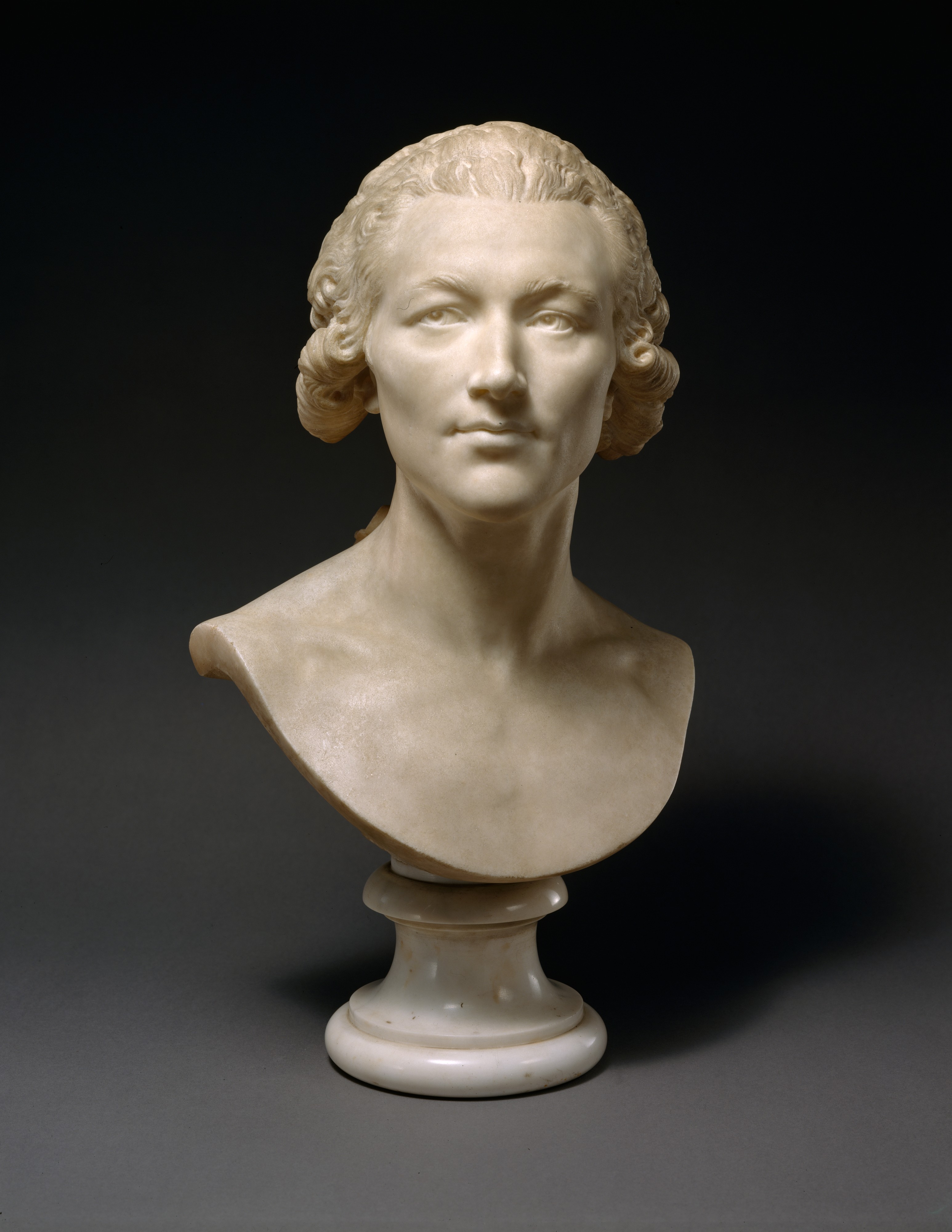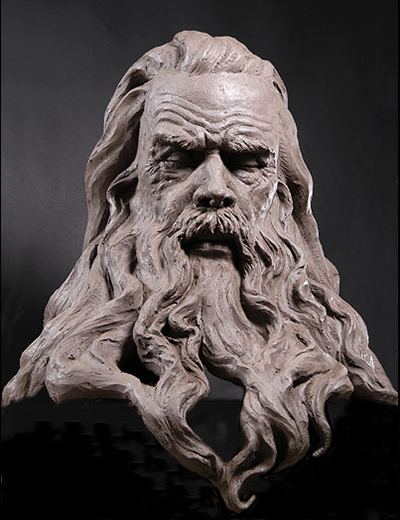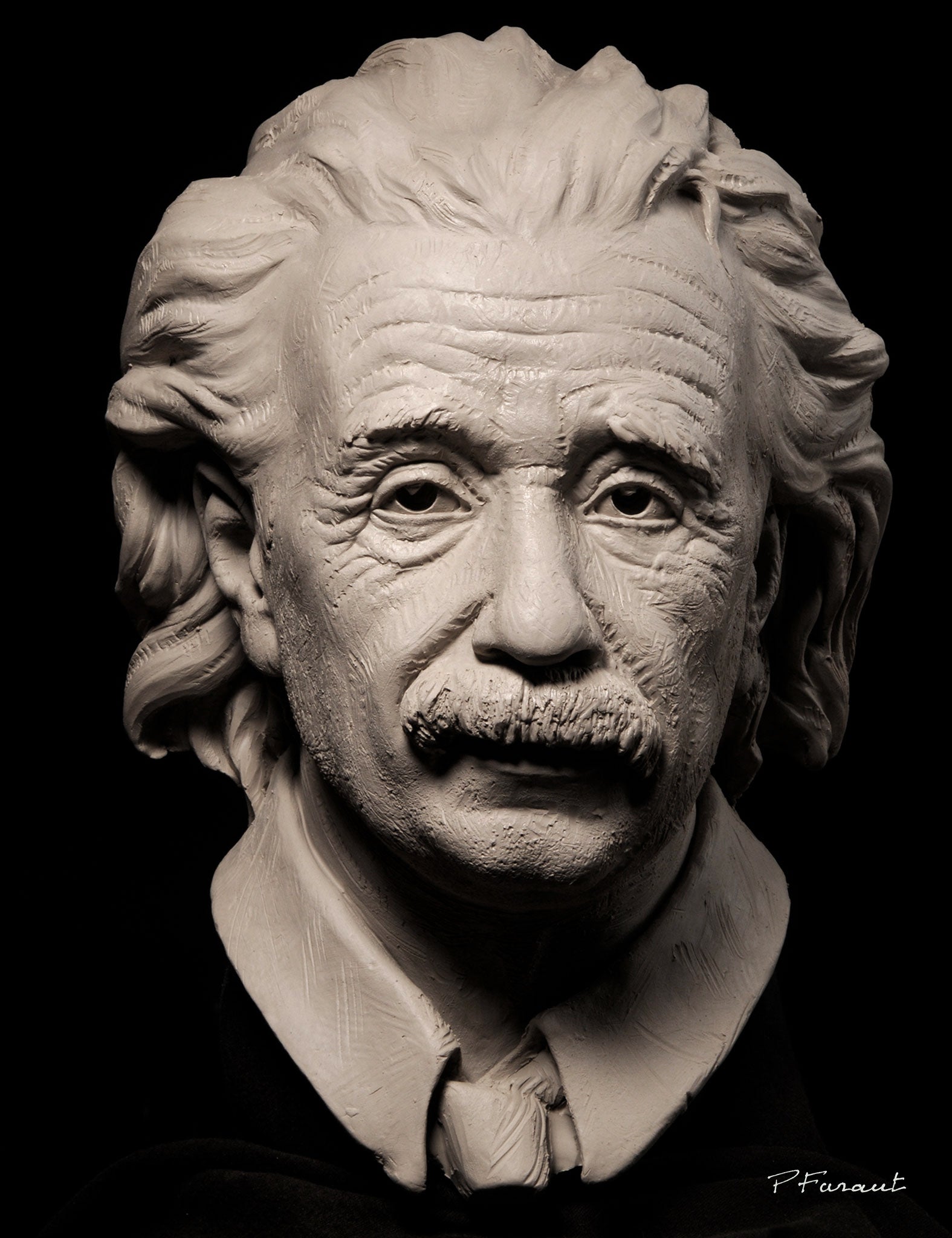Eternal Charm in Bronze: Revealing the Art of Bronze Sculptures
Wiki Article
The Advancement of Sculptures: From Old to Modern
The Development of Sculptures: From Old to Modern. Robert C Hitchcock Sculptor.Sculpture, among the earliest kinds of art, has actually been an essential part of human civilization for millennia. From the ancient civilizations of Egypt and Greece to the contemporary era, sculptures have developed, mirroring modifications in creative techniques, products, and social impacts. This journey via time traces the advancement of sculptures, exploring the shifts in vogue, topic, and imaginative expression.
Beginning with the ancient globe, sculptures crafted from stone and later bronze caught the significance of deities, leaders, and daily life. The Renaissance duration observed a revival of timeless sculpting strategies, as musicians looked for to emulate the stylish forms of ancient Greek and Roman sculptures (Robert C Hitchcock Sculptor). In the modern period, artists tested standard borders, welcoming abstraction and experimentation with brand-new materials
This exploration will explore the diverse advancement of sculptures, exposing the abundant tapestry of imaginative expression across different durations and cultures.

Ancient Sculptures: From Rock to Bronze
Ancient sculptures transitioned from being sculpted out of stone to being cast in bronze. Rock sculptures, while excellent in their own right, were restricted by the nature of the product. Equine Sculptures.The introduction of bronze as a medium for sculptures caused a revolution in creative expression. Bronze used sculptors the chance to develop complex and realistic kinds that were not possible with rock. The procedure of casting bronze permitted the development of several duplicates of a sculpture, allowing bigger distribution and preservation of these artistic masterpieces.
The shift from rock to bronze additionally saw a shift in the topic of sculptures. While rock sculptures primarily depicted gods, sirens, and mythical figures, bronze sculptures began to mirror a broader array of subjects, including day-to-day individuals and pets. This expansion of topic showcased the convenience and adaptability of the bronze tool.
Renaissance Revival: Forming in the Classic Design
The Renaissance resurgence of sculpture saw a renewal in the classic design, structure upon the developments made throughout the shift from rock to bronze in ancient sculptures. During this duration, musicians looked for to recreate the timeless aesthetic and perfects of elegance that were common in old Greek and Roman sculptures.Among the key attributes of the Renaissance rebirth was the focus on naturalism and the human form. Artists like Donatello and Michelangelo strove to record the physiological information and expressions of their topics with unprecedented accuracy. They examined the body and incorporated their monitorings right into their sculptures, causing realistic and practical representations.
One more essential facet of the Renaissance rebirth was the exploration of perspective and deepness. Musicians utilized strategies such as contrapposto, where the weight of the body is moved to one side, creating a feeling of movement and dynamism. They additionally experimented with various products, consisting of marble and bronze, to accomplish a level of elegance and ins and out in their sculptures.

Innovation and the Avant-Garde: Breaking Standard Boundaries
Throughout the Innovation and Avant-Garde motions, artists pressed the limits of traditional artistic conventions. This duration, which arised in the late 19th and early 20th centuries, saw a significant shift in the means artists approached sculpture. Turning down the idea of art as simple imitation, modernist sculptors looked for to explore brand-new types, materials, and concepts.
One of the key attributes of modernist sculpture was the emphasis on abstraction. Carvers relocated away from reasonable representations and instead focused on capturing the essence of the subject via simplified forms and geometric shapes. This departure from standard representation permitted musicians to reveal their feelings and ideas in an extra subjective and individual fashion.

Contemporary Sculptures: Checking Out New Materials and Concepts
With a focus on exploring brand-new materials and principles, contemporary sculptures have changed the field of art. Artists today are pushing the limits of conventional sculpture by exploring and using innovative materials with abstract concepts. These sculptures test traditional ideas of materiality, meaning, and kind, welcoming viewers to take part in a thought-provoking and brand-new artistic experience.Contemporary carvers are embracing a large range of materials, consisting of plastic, glass, steel, and even organic issue. They are not limited to the typical medium of stone or clay, enabling better civil liberty and trial and error. This shift towards unusual products has opened brand-new opportunities for artists to produce sculptures that are dynamic, interactive, and aesthetically striking.
Along with checking out brand-new products, modern sculptures additionally look into complex and abstract concepts. Artists are now exploring themes such as identity, social problems, and the setting, utilizing sculpture as a powerful tool for social commentary and introspection. These sculptures test audiences to assume critically and involve with art on a deeper degree, triggering conversations and prompting emotional reactions.
Global Influences: Sculptural Practices From All Over The World
Sculptural traditions from numerous regions of the world have considerably formed the development of sculptures throughout history. The worldwide impacts on sculpture have been diverse and have actually added to the richness and range of artistic expressions. From the old worlds of Egypt, Greece, and Rome to the intricate carvings of Asian societies, each region has created its one-of-a-kind sculptural practices that have actually influenced musicians across time.In ancient Egypt, sculptures were developed largely for religious and funerary functions. The famous sculptures of pharaohs and gods, such as the Great Sphinx and the bust of Queen Nefertiti, showcase the Egyptians' proficiency of rock carving and their belief in the immortality.

In old Rome, sculpture offered both political and artistic objectives. Roman sculptures typically depicted emperors, generals, and mythical numbers, reflecting the power and majesty of the realm. The marble statuary of Augustus of Prima Porta and the monumental Arc of Constantine are noteworthy examples of Roman sculptural success.
Oriental sculptural traditions, particularly in India, China, and Japan, have likewise had an extensive effect on the advancement of sculptures. Japanese sculptures, influenced by Buddhism, emphasize simplicity and serenity, seen in the tranquil statuaries of Buddha and the elegant art of bonsai.
The worldwide influences on sculpture remain to evolve in the modern-day period. Artists today attract inspiration from various sculptural practices, incorporating new materials, strategies, and principles to develop thought-provoking and cutting-edge art work. The blend of various cultural influences has given surge to a dynamic and varied sculptural landscape, reflecting the interconnectedness of our worldwide society. As we aim to the future, it is certain that the global influences on sculpture will certainly remain to form and redefine this old art kind.
Final Thought
In conclusion, the advancement of sculptures has actually seen a shift from ancient stone and bronze functions to the classic revival during the Renaissance. Today, contemporary sculptures explore new materials and principles, while also attracting ideas from global sculptural traditions.From the ancient human beings of Egypt and Greece to the contemporary period, sculptures have evolved, mirroring modifications in imaginative methods, materials, and cultural influences.Starting with the old globe, sculptures crafted from rock and later bronze recorded the essence of deities, leaders, and everyday life.Ancient sculptures transitioned from being carved out of stone to being cast in bronze. While stone sculptures primarily depicted gods, sirens, and mythological numbers, bronze sculptures began to show a broader array of subjects, consisting of daily individuals and animals.In verdict, the advancement of sculptures has seen a change from ancient rock and bronze works to the timeless rebirth during the Renaissance.
Report this wiki page